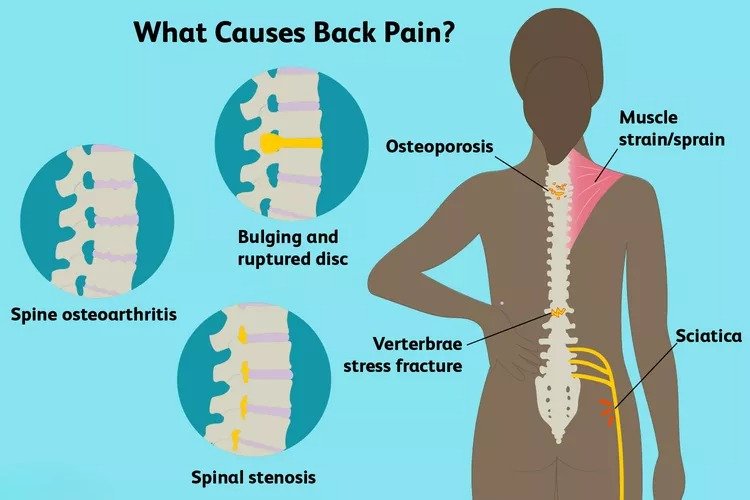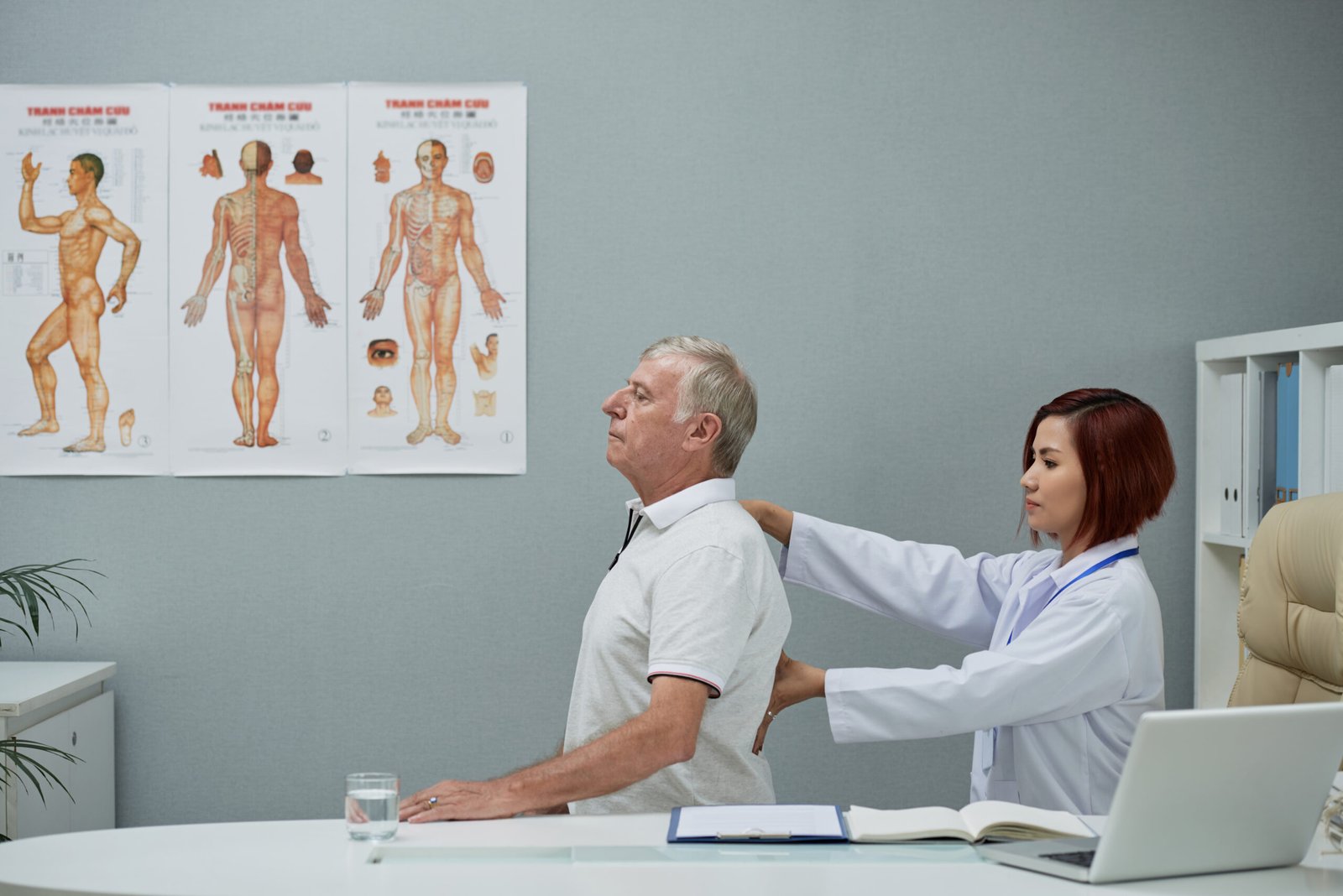When discussing common health conditions, lower back pain seems to be one of the most prevalent. It can be prevented through rest or exercise but can also be aggravated due to various factors such as muscle strain, slipped or herniated discs, arthritis, poor posture, and stress. The pain can range anywhere from mild numbness in the lower back to a point where daily tasks become difficult.
Fortunately, there are many ways to relieve back pain. These include several self-help techniques, physiotherapy methods, systemic drug therapy, and, in some cases, surgical procedures. It is essential to have a timely diagnosis and an appropriate back pain treatment plan. For that, you have to understand back pain symptoms and causes first. That will lead to a successful and personalized chronic pain management of your condition.
Symptoms of Back Pain
The symptoms of back pain vary based on the cause. Common back pain symptoms are:
- Aching or throbbing pain in the back
- Stiffness in the back
- Pain that radiates down the leg
- Muscle spasms
- Weakness in the legs
- Numbness or tingling in the legs
Causes of Back Pain

Back pain can arise due to various reasons. The main reasons are as follows:
- Muscle strain: This is the most frequently encountered issue while dealing with back pain. This occurs when the muscles of the back are either overworked or stressed.
- Herniated disk: A herniated disk occurs when the jelly disk forces itself out through the wall of the disk. Early detection and treatment are key to preventing further complications.
- Arthritis: Arthritis is a degeneration that causes changes within a joint. It can cause spine-related problems by wearing out the spinal discs. However, with proper arthritis management and treatment, it can be controlled.
- Osteoporosis: Osteoporosis is a bone disease in which the bones weaken, becoming more susceptible to fractures. It can enhance the severity of a backache.
- Spinal stenosis: Spinal stenosis refers to the narrowing of the spinal canal. The condition puts pressure on the spinal nerve roots, causing back pain.
Back Pain Treatment Options
Treating back pain requires a combination of different methods. Here are some common approaches:
- Rest and Activity Change: While rest is important, staying inactive for too long can worsen back pain. Try to keep moving gently and avoid actions that worsen the pain.
- Heat and Cold Therapy: A heating pad or ice pack on the painful area can help with swelling and pain. Heat helps muscle pain, while cold reduces swelling.
- Over-the-counter Medications: Pain relievers like ibuprofen (Advil) or acetaminophen (Tylenol) help reduce pain and swelling.
- Physical Therapy: A physical therapist can create an exercise plan to strengthen your back and improve your movement, which may help avoid future pain.
FAQs About Back Pain
1. What causes chronic back pain?
A. Chronic back pain can be caused by muscle strain, herniated discs, arthritis, osteoporosis, and spinal stenosis. Conditions like poor posture, stress, and repetitive strain can also contribute to persistent back pain.
2. When should I see a doctor for back pain?
A. If your back pain lasts for more than a few weeks, becomes severe, or is accompanied by leg weakness, numbness, or loss of bladder control, it’s essential to see a back pain doctor for a thorough diagnosis and treatment plan.
3. Which treatment is best for back pain?
A. The best treatment for back pain depends on its cause and severity. Options include rest, physical therapy, heat and cold therapy, medications, and, in specific cases, pain relief injections or minimally invasive procedures. Consulting with a healthcare provider can help determine the most effective back pain treatment plan.
4. How can I relieve back pain fast?
A. Quick relief techniques for back pain include applying a cold or hot compress, gentle stretching, and over-the-counter pain relievers like ibuprofen. For persistent pain, consider consulting a physical therapist for targeted exercises and further relief strategies.
5. What are some effective back pain treatments I can do at home?
A. Home remedies for back pain include alternating between ice and heat, maintaining good posture, gentle stretching exercises, and over-the-counter pain relievers. Staying active with light activities can also help reduce stiffness and improve flexibility.
6. What causes lower back pain in females?
A. Lower back pain in females can be caused by factors such as muscle strain, hormonal changes, pregnancy, conditions like endometriosis, or lifestyle factors like prolonged sitting. A healthcare provider can help pinpoint the specific cause and suggest effective treatments.
7. What are some effective treatments for lower back pain in females?
A. Treatments for lower back pain in females include physical therapy, posture correction, stretching, and strengthening exercises. Lifestyle adjustments, such as reducing prolonged sitting, weight management, and using ergonomic support, can also be effective in reducing back pain.

